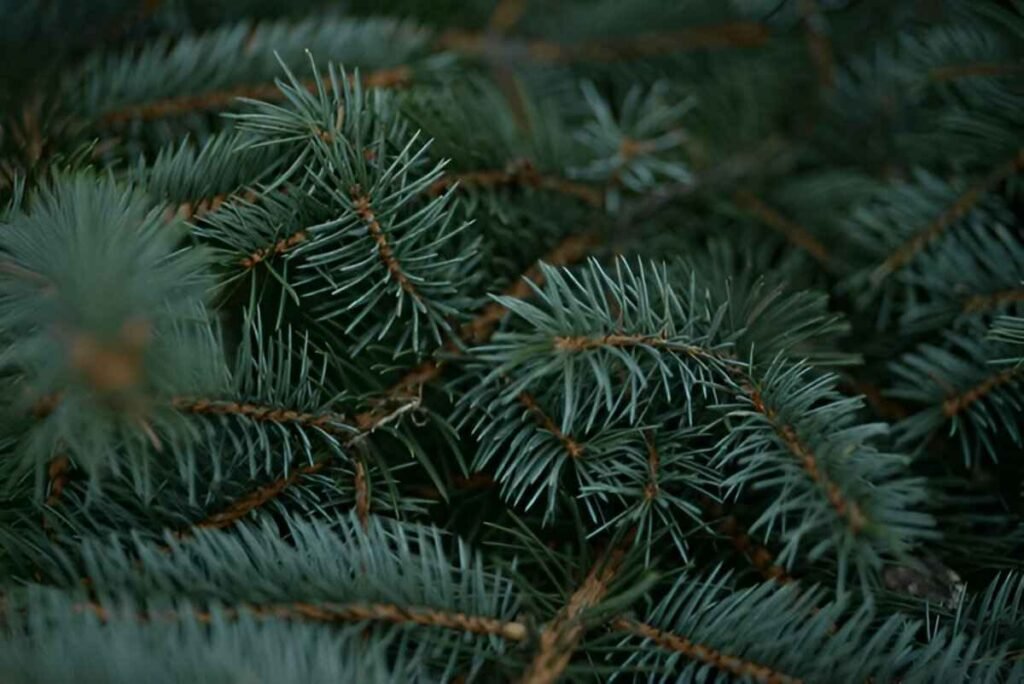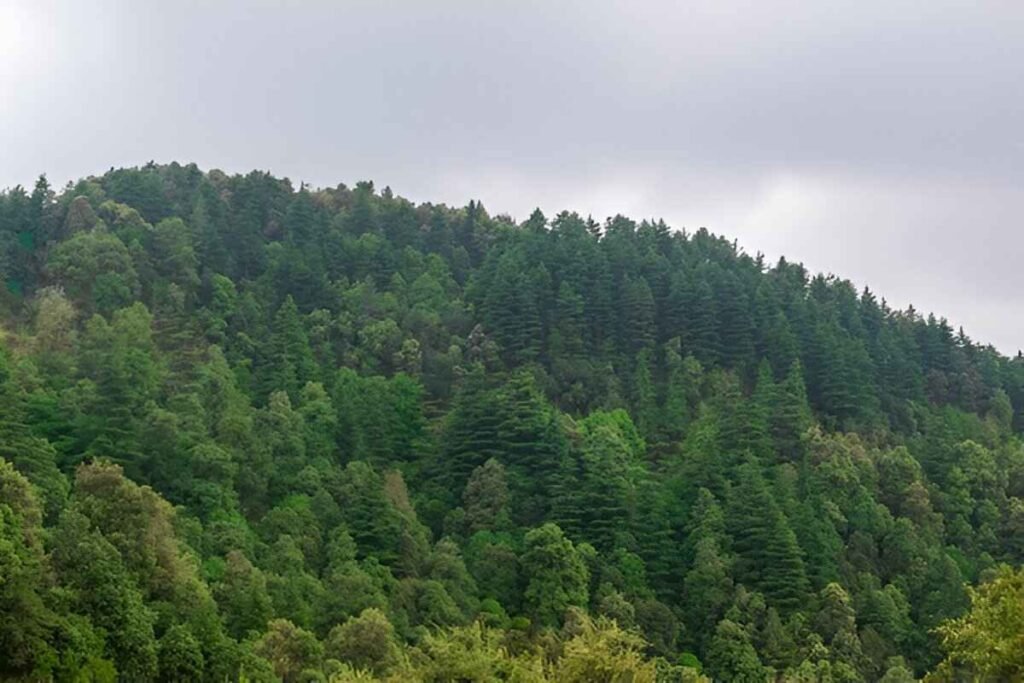During spring, there is an amazing feeling of excitement in the air for gardening routines in the USDA zones 4 through 9. During spring, everyone is looking for accommodating weather conditions. In addition, these USDA areas are abundant and offer significant opportunities to plant cool or warm crops. With the right guides and tips, every gardener is guaranteed an amazing productive harvesting session.
Appreciating the Rhythm of Your Planting Zone
In case you are looking for the ideal map serving all the USDA zones, we recommend cross-checking with the Hardiness Planting Zone Map by the USDA which includes temperatures and range offers for the map zone. This map takes into account the average annual extreme of the lowest temperatures. These zones stand out due to their shared attributes which cover having at least one season pertaining to the crops as well as offering both warm and cool cropping seasons.

Key Timing Considerations:
Last Frost Date: This is one of two primary considerations when planning for spring planting. This is the average date after which your region is unlikely to experience a killing frost. This date can be found on USDA Plant Hardiness Zone Maps available online.
Zone 4 – Ends frost April to late May.
Zone 5 – Ends frost Mid April.
Zone 6 – Ends frost Early to mid April.
Zone 7 – Ends frost Mid April.
Zone 8 – Ends frost Mid March.
Zone 9 – Ends frost Late February.
Soil Temperature: For optimal germination and growth, young seedlings and seed plants have particular requirements when it comes to soil temperatures. Gardeners would tell you that a soil thermometer is worth its weight in gold!
Succession Planting: This is particularly useful for gardeners in the warmer zones (7-9). Most often they’re able to plant warm season crops following an early spring harvest of cool season ones. In cooler zones (4-6), you may voluntarily face two waves: early spring and later warm-season crops or a single batch of fall harvest crops.

Early Spring: The Cool-Season Comeback (Roughly mid-March to end of April)
These champions are the first ones to go. Working soil that has just thawed is a cool season gardener’s fantastic news, as most of these plants can be put to dirt before the frost is done in most areas!
What to Plant (Direct Sow or Transplant):
Brassicas: Broccoli, cabbage, cauliflower, kohlrabi. Start indoors 6-8 weeks prior to the last frost if you are using seeds.
Peas: Shelling and snap peas both do well in cool weather. Supporting variety require a trellis or any other climbing structure for kinder.
Leaf Vegetables: Arugula, lettuce, kale, collards, Swiss, and spinach. These crops are mulitcut, so their yield straddles the meter.
Root crops: carrots, radish, turnip and beet. Make sure the soil is well-drained and loose for straight roots.
Onions: Plant onion sets or seeds for green onions or bulbs.
Potatoes: Plant seed potatoes once the soil has warmed slightly but before the last frost.
Tips for Early Springtime.
Soil preparation – Filth Readying Incorporate plentifulness of compost to improve filth construction and birth rate.
Row Cover- For a head start‚ or to protect against unexpected late hoar‚ usage drift row cover. They warm up the filth and offering protection.
Mid to Late Springtime Welcoming Warmth After the last hoar day of the month.
Once the danger of hoar has go through and the filth has warm up sufficiently generally above 60°F for many, warm-season harvest it’s clip for the heat-loving works that will truly fill up out your summertime garden.
What to Works Transplant or Direct Sow.
Tomatoes – The unchallenged male monarch of the summertime garden! Start seeds indoors 6-8 hebdomad before your last hoar. Works transplant deeply, burying portion of the root word to advance more root growing.
Approximative Transplantation.
Zones 4-6 Mid-may or later.
Zone 7 Mid-april or later.
Zone 8 Mid-march or later.
Zone 9 November-march often a wintertime harvest in this zone due to intense summertime heat energy.
Common pepper Bell & Hot – Similar to tomatoes, these warm-season favourite need consistently warm temperatures. Start indoors 8-10 hebdomad before your last hoar.
Cucumber – Direct sow seeds or works transplant once the filth is warm. Provide a treillage for climb up mixture.
Squash Summertime & Wintertime- courgette yellowish, squash, vine pumpkin vine butternut tree squash vine. Direct sow seeds or works transplant. Give them plentifulness of infinite!
Bean – Edible bean Bush edible bean and pole edible bean are easy to grow. Direct sow after the last hoar.
Corn: Plant in blocks for good pollination.
Eggplant: Another heat-lover, treat similarly to tomatoes and peppers.
Herbs: Basil, cilantro (plant in a slightly shadier spot in warmer zones to prevent bolting), oregano, dill.
Annual Flowers: Zinnias, marigolds, cosmos, sunflowers, nasturtiums, celosia. These add beauty, attract pollinators, and many can be easily direct-sown.
Summer Bulbs/Tubers: Plant gladiolus, dahlias, cannas once the soil is warm.

Tips for Warm-season Planting.
Harden Off Seedlings If you begin seeds indoors‚ gradually acclimatise them to outdoor conditions Sun, air‚ current ice chest temporary for 7-10 years before planting.
Mulch Utilize a bed of organic mulch around warm-season works to conserve wet, suppress widow’s, weeds and modulate filth temperature.
Lachrymation that is watering is important, especially for fruiting works. Deep, infrequent lachrymation is better than shallow, frequent lachrymation.
Beyond the basic Regional Considerations.
Zones 4-6 Your grow season is shorter, so prioritize mixture with shorter years to maturity or swear heavily on begin seeds indoors. Consider season extenders like cold frames in early springtime and late autumn.
Zones 7-9 You have a longer grow season, which intend you can often get multiple harvest of certain harvest. In the hottest parts of Zone 9, be aware of utmost summertime heat energy for some works consider set heat-tolerant mixture or provide afternoon shadiness. You might also works cool-season harvest in the autumn for wintertime harvest.

